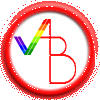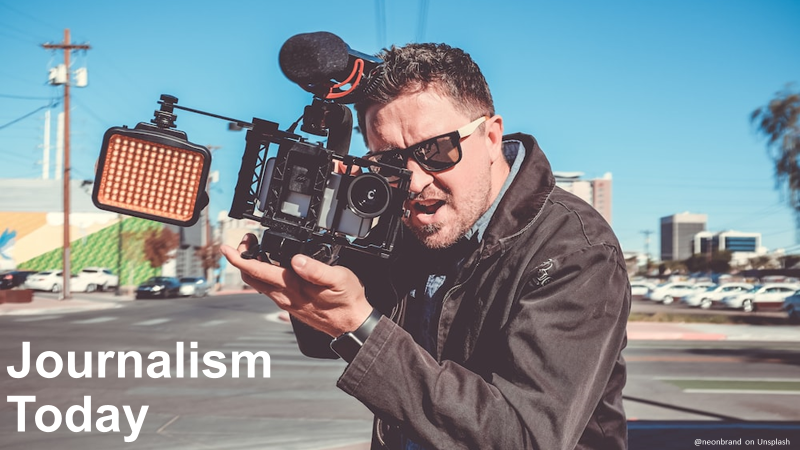You are here
Breaking the ICE
Ross Priory, Scotland.
I'm spending the rest of this week at the ICE 3 conference (Ideas, Cyberspace, Education) in Scotland, having spent much of Tuesday driving up here from my temporary base at Leeds. Really looking forward to this - a small but well-credentialled conference in a very beautiful (if cold) place. We're now about to make a start to the conference proper, having already been welcomed at the lunch session.
The first paper is by Peter Goodyear and Siân Bayne. Siân begins by noting that universities are still deriving much of their status from a base in the printed book (and university crests are a simple indication of this); however, today, it is possible to see the Internet both as culture and as cultural artefact (and Siân focusses here especially on Internet as a separate culture in itself) - the Net changes existing practices and opens up new possibilities for practice which universities may explore. (This doesn't necessarily happen, though - witness the underlying structures of WebCT, for example, which remain based in traditional learning activities, and separate activities into very distinct categories that may no longer be useful. Such learning tools blind us to the other available possibilities in online spaces.)
Teacherliness is being radically shifted in such new environments, however, and therefore needs to be reconceptualised. Siân references the literature on cyborgs here - as teachers in online spaces, we humans penetrate the computer and build new relationships between humans and machines: teachers themselves become cyborgs through this, perhaps. We become reconstituted as subjects by changing textual environments (e.g. towards hypertext, with its own different literary requirements); Phillipson and Hamilton call this a "storm of recontextualisation", and Siân specifically references the collaborative writing environments of wikis in this context, but also shows some student hypertext writing done within the virtual 3D environment of Second Life.
Teaching shifts from the epistemological to an ontological turn, then. It presents 'awkward' spaces to students, within which they can realise their capacity to produce strangeness. Such spaces can also produce vertigo for students and teachers through their radical difference; they defamiliarise teaching and learning and enable fresh approaches.
Peter Goodyear now takes over to offer a different approach to cyberspace-based teaching. He notes that while it is possible to note the substantial rift between online and offline worlds, which enables some new approaches to learning and teaching, it is also necessary not to overstate this. Peter highlights a piece by Susan Herring which notes that more recent generations do no longer necessarily see such differences as important; having grown up within cyberspace-enabled environments, they no longer buy into the cyber-utopia expressed in academic work of the 1990s.
This also means that teachers need to be very careful in labelling such students' experiences; such labelling is an exercise of power, and needs a good deal of reflection - stressing the differences, for example, might run counter to the lived experience of contemporary students (they're not necessarily engaged in 'online learning', but are simply using learning technologies which happen to be online).
Treating one place as different from another means that one must foreground some aspects - the differences - and background others - the similarities which also exist. This is a process of social construction of these places, extending from the objective qualities of the places themselves (and also has political dimensions, of course). Speaking about a separate online and offline world, Peter suggests, will turn out to be an oddity associated with the present time period, not a lasting feature, because of out changing experiences of technology. Online and offline are becoming more and more tangled as more digital things move into the offline world, and more offline things extend into the digital environment - but such changes are often difficult to identify for those of us who have grown up and out of specific technological epochs (those of us who first began using the Net as a new technology in the early 90s will still feel very differently about it than those who were born more recently and simply took it as a common part of the technological landscape). Calling online a different (cyber-) 'space' is starting to feel increasingly odd, at any rate.
In terms of teaching technologies, Peter suggests, we are not doing enough work to investigate what our students are actually doing with the technologies at their disposal; instead, we are engaged in the creating of difference through our simplification of these technologies into standard categories we have devised. These categories may not relate directly to those categories which may be in use (explicitly or implicitly) on the side of our students, however. (And it is difficult to involve students in the co-creation of such categories, on the other hand.) Dealing with complexity by simplification is important work, but the bases upon which such work are done is often not made explicit - but directly affect students (and here, affect some students differently from others).
There are a variety of approaches to complexity - and Peter champions an approach which works with those actors whose interests are engaged in the management of complexity, and focusses explicitly on drawing out their conceptualisations of the problem. He references Moll's notion of "the distributed we" in this process - but in higher education there are as yet few opportunities for this "distributed we" (which includes teachers, students, and others) to exist and act.
- Snurb's blog
- Add new comment
- 8238 reads
 Printer-friendly version
Printer-friendly version

![Creative Commons Attribution-NonCommercial-ShareAlike 2.0 License [Creative Commons Attribution-NonCommercial-ShareAlike 2.0 License]](http://creativecommons.org/images/public/somerights20.gif)





Comments
Yes, but...
Great stuff. But how to move university staff from their conception of online teaching as a place to shove their lectures?